
2025 Email Verification Tools Comparison: Accuracy, Prices and Features – Updated
Check what is the accuracy of some of the popular email verification tools, how much they cost, and what are the differences between them.
Free access to advice on deliverability, cold emailing and more.

Check what is the accuracy of some of the popular email verification tools, how much they cost, and what are the differences between them.
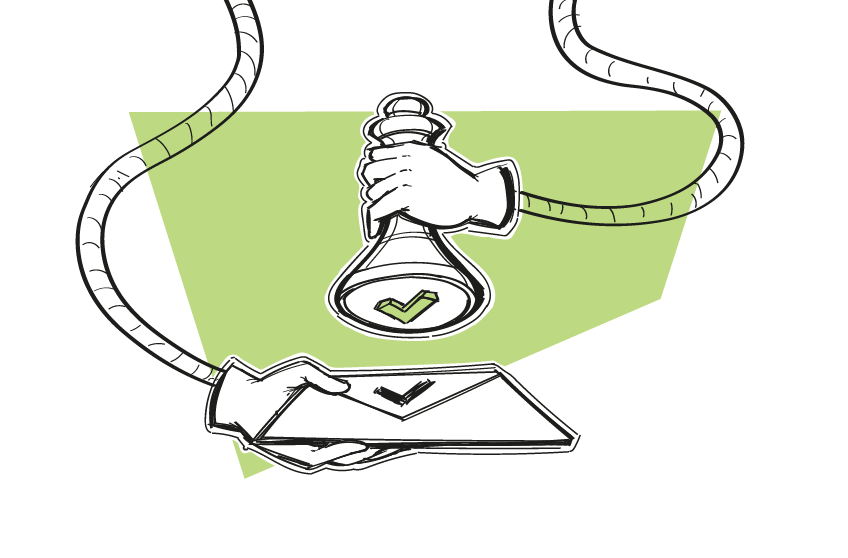
One thing that seriously harms your sender reputation is sending emails to invalid addresses, which causes them to bounce back. To avoid that, you should always do email validation before clicking “send”.
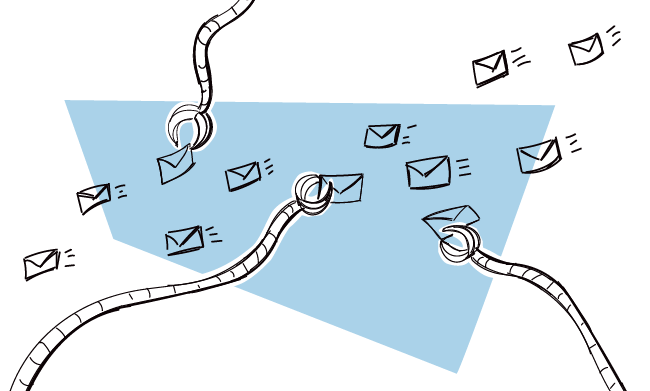
When you send out an email, it goes through a series of SPAM-filtering tests that determine whether it will be let through to the inbox. And sure, this doesn’t really stand in the way of your email getting through when you want to just grab a coffee with friends (unless there’s 500 of them and you’re emailing them all at once with the same message), but it might prove problematic when you’re reaching out to prospects or clients and your messages keep being mistaken for SPAM. See how to make sure your emails are getting exactly where you want them to - to the contact’s main inbox.

When you’re getting ready to start sending cold emails, the first thing you should do is set up a separate domain and mailbox that you’ll use only for cold outreach. This is a necessary step mainly for your domain’s safety reason, but also it allows you to handle the responses from prospects more effectively because they won’t mix with other business emails you receive. So without further ado, here's a nutshell guide on how to correctly set up a separate domain and mailbox for cold emailing.
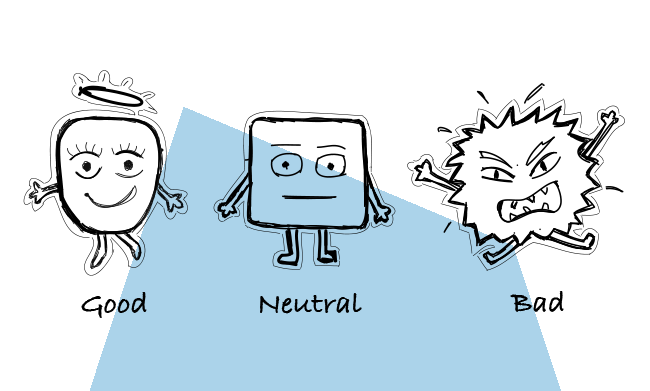
I bet you want your emails to get to your ideal prospects' inboxes. To make sure they will, you need to take care of your deliverability. Among many factors that affect the deliverability, the reputation of your domain and your email server IP plays a tremendous role. Do you know what actually affects the reputation? Do you know how to check the reputation, control it, or improve it? Read on to find some answers and helpful tools.

SMTP & IMAP are the two main protocols that allow you to send and receive emails. Why am I even writing about this? Well, sometimes we take crucial things for granted. We use them every day and don't ever think about how they work. I believe that this is one of such things. And I think that it's worth understanding how sending your emails works, especially if you send a lot of them as a part of your job.
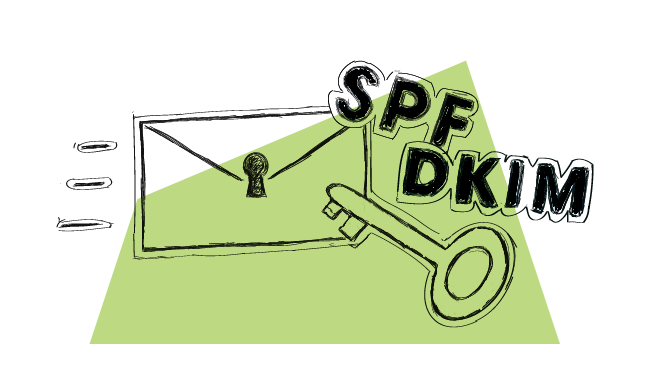
This is serious. This is about your email deliverability. I know from my own experience that these acronyms may sound unfamiliar, scary and may seem totally uninteresting. Or maybe they sound familiar, but you never cared enough to check what they really are. Either way, it's time to learn a bit about what SPF, DKIM and DMARC are and how to set them up in your DNS records for your mail server, if you want to have better control over your email deliverability.
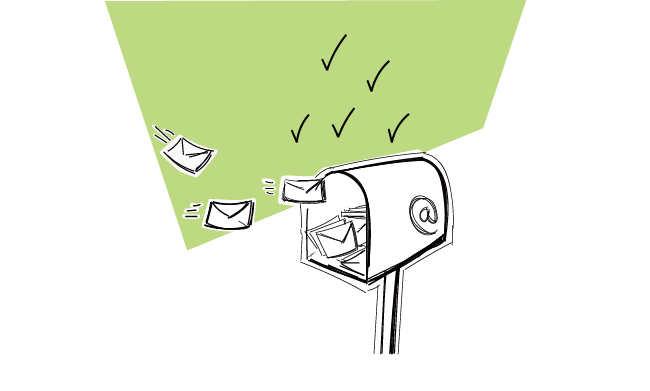
Are you taking good care of your cold email campaigns’ delivery rates? There are a few tools our team uses to help Woodpecker customers test email deliverability and improve it. In this post, we share this list with you and explain how & when you can use email deliverability tools by yourself.
Try Woodpecker for 7 days